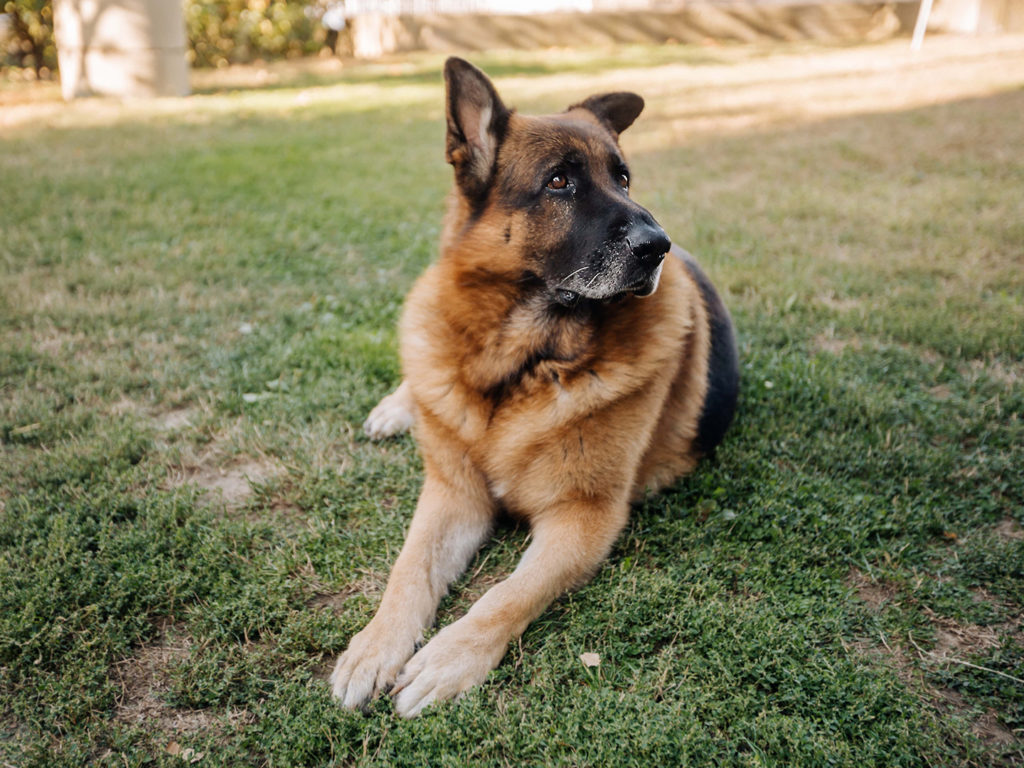Pet First Aid

Many of us can remember being cared for by our parents when we were injured as children. Whether cutting our leg while climbing a tree or swallowing one too many pieces of candy, our parents always came to the rescue with soothing words and a first aid kit in hand. Since our pets are beloved members of the family, shouldn’t we do the same for them? Here are some tips and tricks to help ease your pet’s pain in case of emergency.
Just like for people, there are some basic first aid supplies for your pet to always have readily available in your home. “A good idea is to have a pet first aid kit so that you can concentrate on what you can do for your pet constructively rather than looking all over the place for something that might ‘work’ but is less than ideal,” said Dr. James Barr, assistant professor at the Texas A&M College of Veterinary Medicine & Biomedical Sciences. “However, the most important thing is to have the phone number of your local veterinarian in case of emergency, including what to do after hours.”
Some items to include in your first aid kit could be an assortment of bandages, an instant cold pack, gauze and roll pads, medical gloves, triple antibiotic ointment, alcohol and antiseptic wipes, a slip-style leash, lubricating jelly, tongue depressors, and tweezers/forceps. Knowing how to perform basic CPR on your pet and stop external bleeding by applying a pressure wrap are also important skills you should acquire.
Two common examples of emergencies in which basic first aid knowledge can be life saving for your pet include exposure to toxins and excessive external bleeding. “If your pet is exposed to a toxin, get the name of the toxin and try to figure out how much they have ingested, and then call your vet to give you further instructions,” said Barr. “If your pet is experiencing severe blood loss resulting from external bleeding, wrap the wound with a towel or bandage to help stop the bleeding and apply pressure to help slow the loss of blood.”
Just remember that if being injured is traumatizing for us, imagine how it must be for our pets. In the event of an emergency, it is important to do everything you can to minimize their anxiety. This will not only help prevent further injury for them, but also to you and your family. “One must be very careful with injured pets because they are unable to communicate with us and us with them, so they are often afraid,” said Barr. “That fear is then translated into aggression, and pets can injure even the best meaning bystander because they are in pain.” Much like you would to a distraught person, it is best to talk gently to them using comforting words.
While first aid is certainly not a substitute for proper veterinary care, it may be extremely helpful in preventing further injury and easing your pet’s pain. Keeping these tips in mind can save you a lot of troubles in the long run and even ultimately help to save your pet’s life.
Pet Talk is a service of the College of Veterinary Medicine & Biomedical Sciences, Texas A&M University. Stories can be viewed on the Web at vetmed.tamu.edu/news/pet-talk. Suggestions for future topics may be directed to editor@cvm.tamu.edu.


